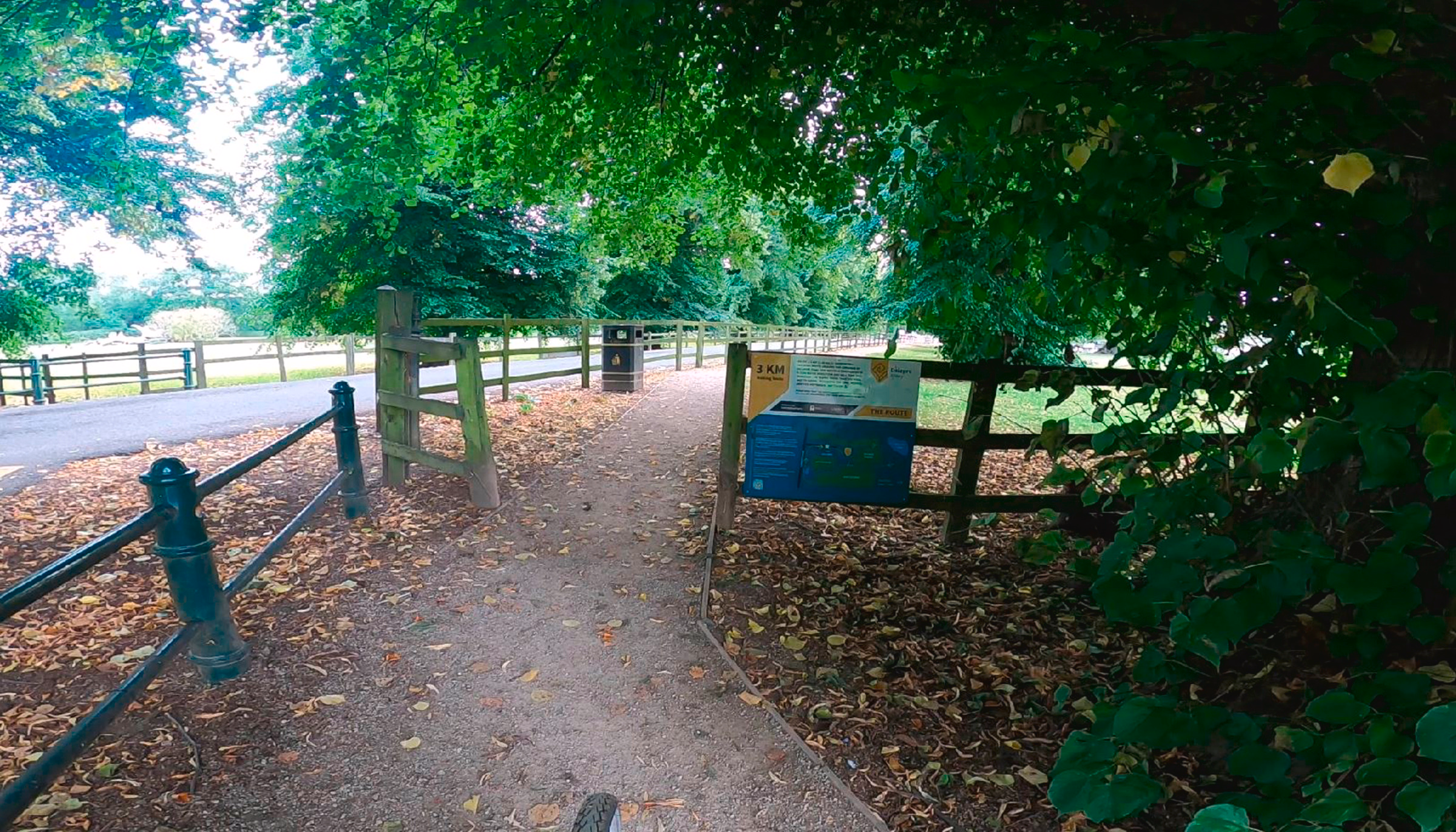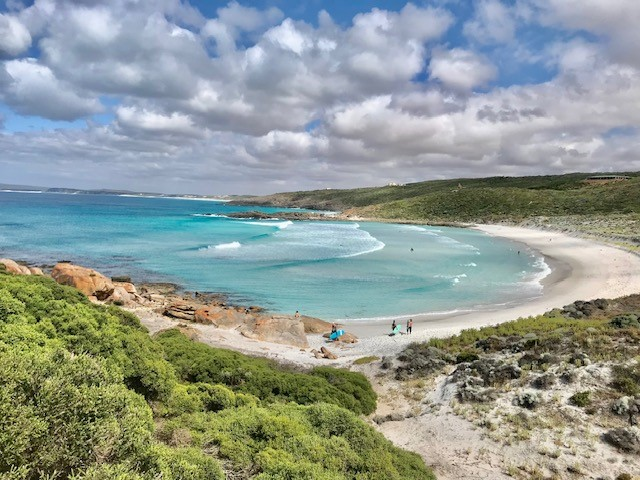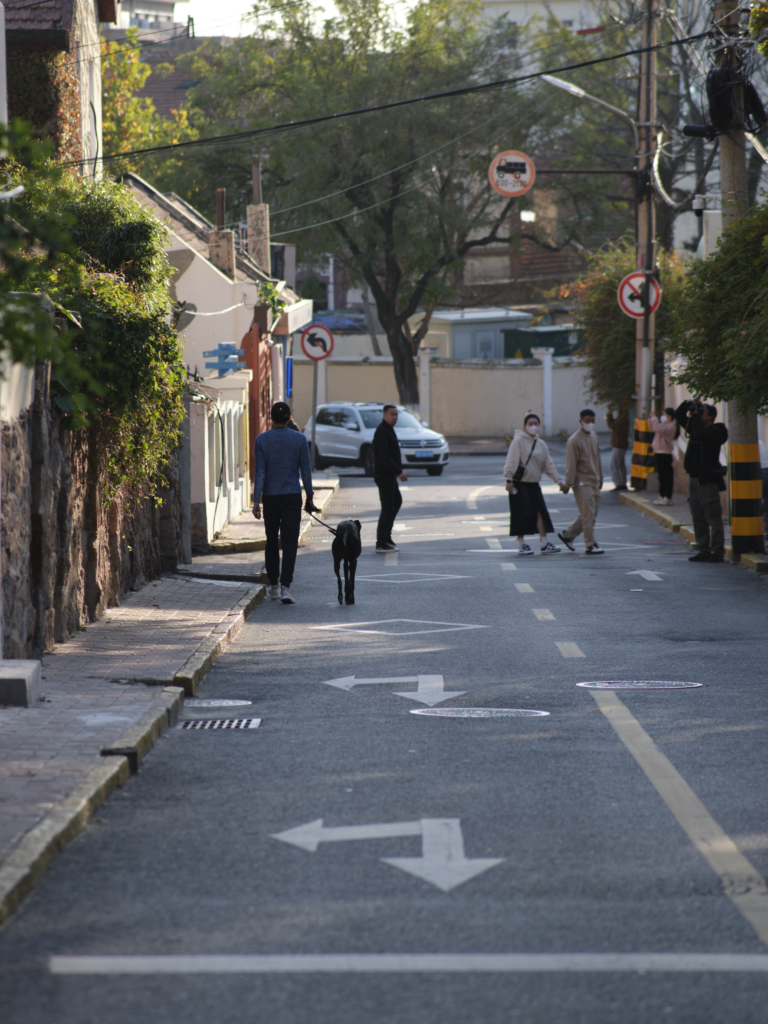City Know-hows

Wayfinding interventions offer a viable, low-cost, intervention to increase recreational walking in urban greenspaces for irregular users, older adults and those with mobility impairments.
Share
Target audience
Local community groups and stakeholders; council officers and local authorities; heritage groups and charities
The problem
The health benefits of regularly using greenspace are multiple and include social, physical and mental benefits. However, people are increasingly living in urban areas with limited access to greenspaces. Research has also found that there are a number of barriers people may face to using greenspace, such as anxiety and confidence in how to navigate the space. Small-scale wayfinding interventions may alleviate these barriers and increase use of space.
What we did and why
The Delapre Walk Project installed 24 directional wayfinding signs within an urban park to create a 3 km signposted walking route. This intervention was designed alongside the community to meet specific local needs. Following the installation, we conducted go-along interviews with people in the urban park to understand uses of the park, views on the intervention and how local park users were interacting with it.
Our study’s contribution
This study adds detailed insights into the effectiveness of small-scale wayfinding interventions and local communities’ connections to urban parks. The findings show how such interventions could be designed in other areas to increase impact, as well as methods to obtain the views of local park users.
Impacts for city policy and practice
Local communities should be consulted on interventions in shared public spaces as local people often have very strong connections to them. Any proposed interventions should be co-produced with the local community to ensure it reflects local context, needs and avoids unintended consequences
Further information
Full research article:
Finding your way: exploring urban park users’ engagement with a wayfinding intervention through intercept go-along interviews by Jack Hardwicke, Kimberley M. Hill and Declan J. Ryan.
Related posts

Beaches can be important settings for physical activity. The quality of these spaces (safety, amenities, aesthetics) can influence how well they support physical activity and health. The quality of beaches may differ across neighbourhoods, with higher socioeconomic status neighbourhoods having disproportionately better access to beaches.

Urban environments influence mental health and development of younger populations. This study explores associations between adolescent mental health indicators and design characteristics. Implications include recommendations for planners and urban designer to promote psychological well-being.

Our study analyzes the impact of COVID-19 on Hong Kong’s progress towards achieving the Sustainable Development Goals. The study identifies four SDGs that stood out with significant impacts from the pandemic. We offer valuable and transferable insights for policymakers and stakeholders involved in pandemic recovery and sustainable development efforts.